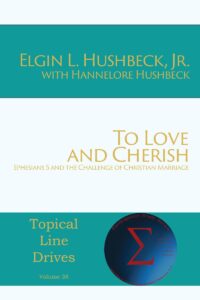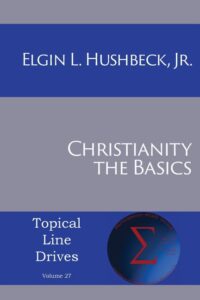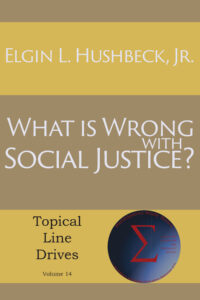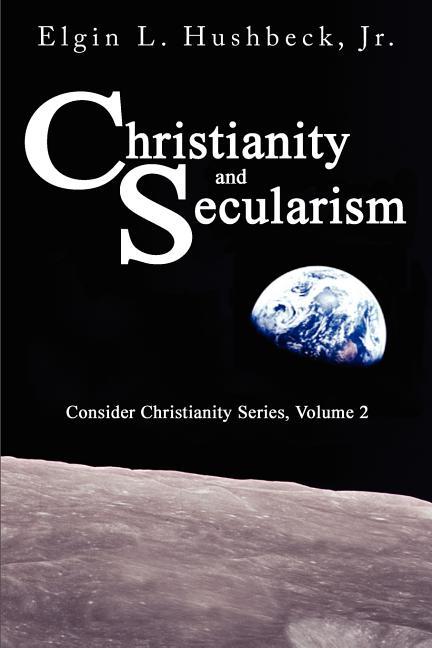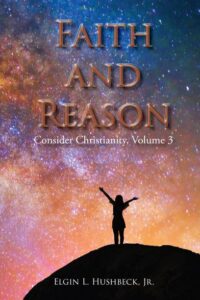In one sense, critics of the Bible are the ultimate environmentalists, for they recycle everything. Refute one of their objections, and they just move on to the next, and over time they all get recycled. The most recent example of this was Raphael Lataster’s article in the Washington Post that asks “Did historical Jesus really exist? The evidence just doesn’t add up. ”
There is really nothing new in Lataster’s arguments and these keep popping up from time to time in one form or another. Gordon Stein, another critic, wrote in 1980 that while “at one point in time, the question of Jesus’ historicity was a much more popular one for discussion” he considered it “far from resolved.” Michael Martin, another critic writing in the 1990s wrote that “the historicity of Jesus is not only taken for granted by Christians, but is assumed by the vast majority of non-Christians and anti-Christians” and that “the very idea that Jesus is a myth is seldom entertained, let alone, seriously considered.” Still he thought that “a strong prima facie case” could be made against an historical Jesus. (Michael Martin, The Case Against Christianity, p 36-7)
Thus when Lataster points out that numerous secular scholars have presented their own versions of the so-called ‘Historical Jesus’” he joins a long line of skeptics trying to make a case that even many fellow skeptics find questionable. It is no wonder that he begins by trying to restrict the discussion just to those who would at least accept many of his assumptions, even if they do question his conclusions. Believers in the “Christ of Faith” he says “ought not to get involved.”
Nor is it hard to see why he would wish to exclude them, for he assumes that a “divine Jesus who walked on water” is “implausible” and “easily-dismissed,” which it is if you start with the assumption that there is no God, and miracles cannot happen, as do so many critics. But believers do not accept these assumptions, and thus the foundation for much of his argument falls apart.
The first “problem” Lataster cites is a good example of the importance of such assumptions in his reasoning process. He writes “the earliest sources only reference to the clearly fictional Christ of Faith.” One only need ask, why is it “clearly” fictional? In the 19th century such claims were far easier to make, but the weight of scholarship over the last century has tended to both strengthen the reliability of the Gospel accounts, and to push the dates of their composition far earlier than skeptics originally assumed.
As for the evidence Lataster presents, key is his claim that “Paul’s Epistles, written earlier than the Gospels… only describe his ‘Heavenly Jesus’” and that he avoids Jesus’ “earthly events and teachings.” One of his key supports for this this claim is that in 1 Cor 2:6-10 Paul taught that demons killed the “celestial Jesus.” Now while fundamentalists are at times guilty of ripping a text kicking and screaming from its context, this is ripping it from the context, beating it to a pulp, and then reshaping it to fit a theory. The key passage, states, “None of the rulers of this world understood it, because if they had, they would not have crucified the Lord of glory.”
And here all this time I thought of crucifixion as an earthly Roman form of execution, rather than something done by demons to celestial beings. In fact, without an earthly, and thus historical, body to put on a cross, what does crucifixion even mean?
Later in the same letter, Paul addresses some of those in Corinth who did not believe that a resurrection of the body was all that important. Thus in 1 Cor 15:3-8 he writes, “For I passed on to you the most important points that I received: The Messiah died for our sins according to the Scriptures, he was buried, he was raised on the third day according to the Scriptures—and is still alive!— and he was seen by Cephas, and then by the Twelve. After that, he was seen by more than 500 brothers at one time, most of whom are still alive, though some have died. Next he was seen by James, then by all the apostles, and finally he was seen by me, as though I were born abnormally late.”
Death, burial and resurrection all point to a physical and thus historical Christ. Nor is this just some minor secondary teaching, but one Paul says is most important. Note the appeal made to these skeptics concerning the eyewitnesses and the fact that many were still alive. This an implicit challenge to go and talk to them if you doubted what he was saying.
It is for reasons such as these, plus a lot more that space does not allow for here, that even most skeptics reject these claims when they periodically come up. For example, in my book Christianity and Secularism, I look at the early non-Christian sources and just from these we get the following picture:
There was a religious teacher named Jesus. We are told that His birth was not a normal birth. During His ministry Jesus did many miracles. He had a large following, and the religious leaders of the time opposed Him. We learn that while in Jerusalem for the Passover, Jesus was arrested. He was condemned to death by the Roman governor Pontius Pilate. His death was by crucifixion. During the crucifixion there was an unexplained darkening of the sky. Finally, His followers claimed that three days later Jesus rose from the dead and still lives. (pg 132)
Again this is the picture of Jesus from the early critics. Ultimately there is the question of how Christianity got started in the first place, growing to one of the largest religions in the world, and vastly changing the course of human history. If the accounts in the Bible are true, this is what we would expect. It is hard enough to account for this if Jesus was just a misunderstood historical figure whose follower got carried away in their claims about him. It is impossible to account for if there never really was an historical Jesus.
I think it is pretty safe to say that we can file this one away, yet again, at least until it come up next time, perhaps in another 10 or so years.
